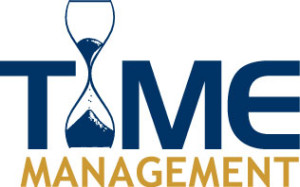Procrastination prohibits us from keeping commitments, being productive and achieving our goals. In my last article on delegation, I wrote about procrastination being an inhibitor to empowering employees.
Causes of procrastination
According to psychologist Judith Kolomeir here we procrastinate to avoid something that we fear or want to avoid. In the video for this article Kolomeir says that we procrastinate to protect ourselves from unpleasant emotions that we want to avoid. This could be having to confront someone or working on something that is difficult or that we just don’t like doing.
Other causes for procrastination are bad habits, rationalizing tasks to be unimportant or marginal, difficult projects, poor work ethic, lack of a deadline, feeling sorry for yourself, not caring, too busy and not being clear on what needs to be done.
Solutions for procrastination
 The stronger is the feeling of fear about tackling a project that may take longer than 30 minutes, the more important that project probably is.
The stronger is the feeling of fear about tackling a project that may take longer than 30 minutes, the more important that project probably is.
The best way to attack these tasks or projects is to do it in steps. Rather than thinking of the whole project or task break it down into smaller tasks.
In his book Time Warrior author Steve Chandler suggests setting an action that you can do in the next three minutes towards completing the longer project. After the three minutes are up, set another three-minute action and so on.
Identifying the causes for procrastination will help you come up with solutions. First make a list of some important things that you’re procrastinating on. Identify the cause of procrastination for each of these items. Next write down what options you can take to address these causes for procrastinating. Don’t wait, do it now.
Stephen Goldberg








